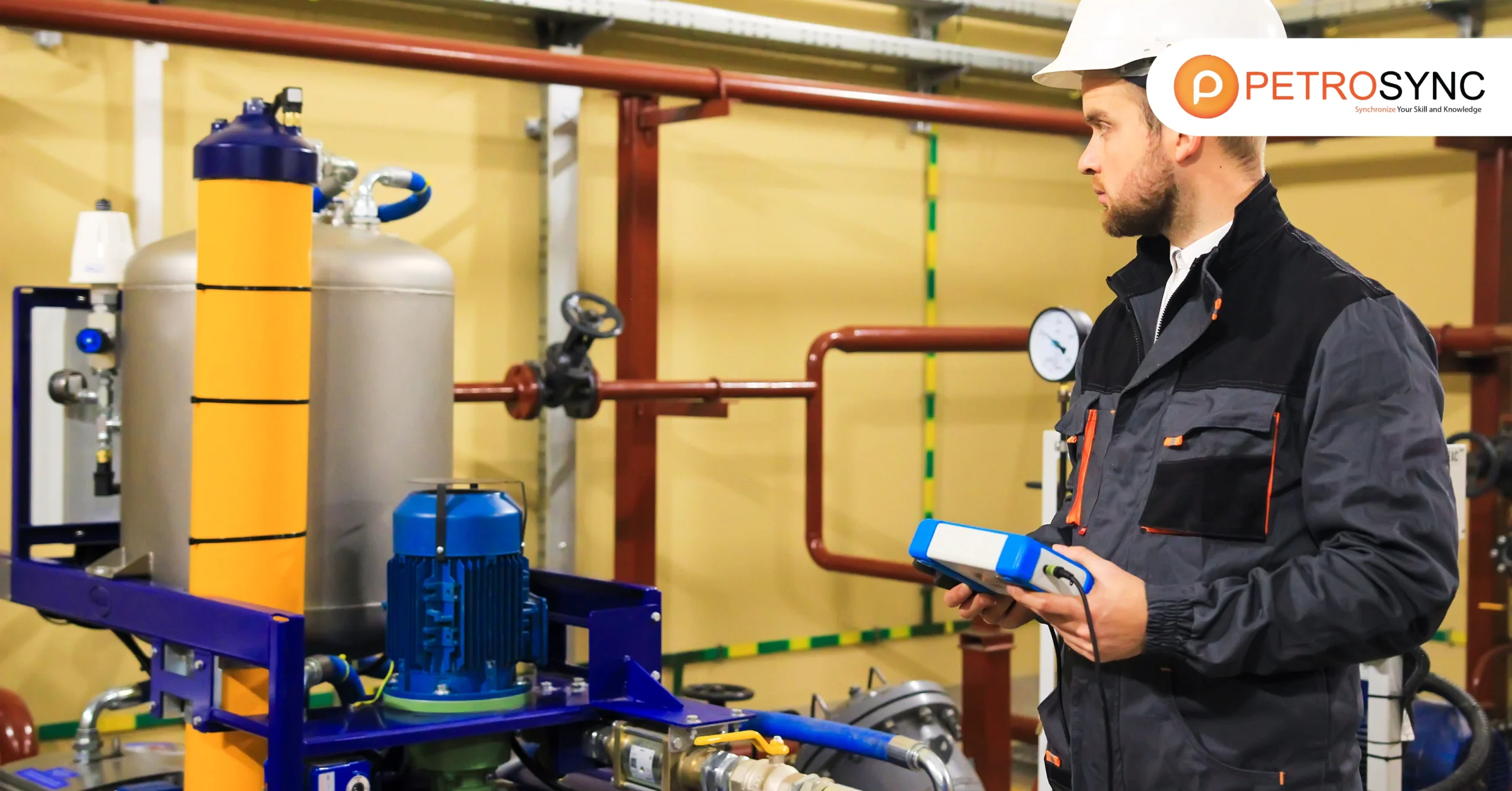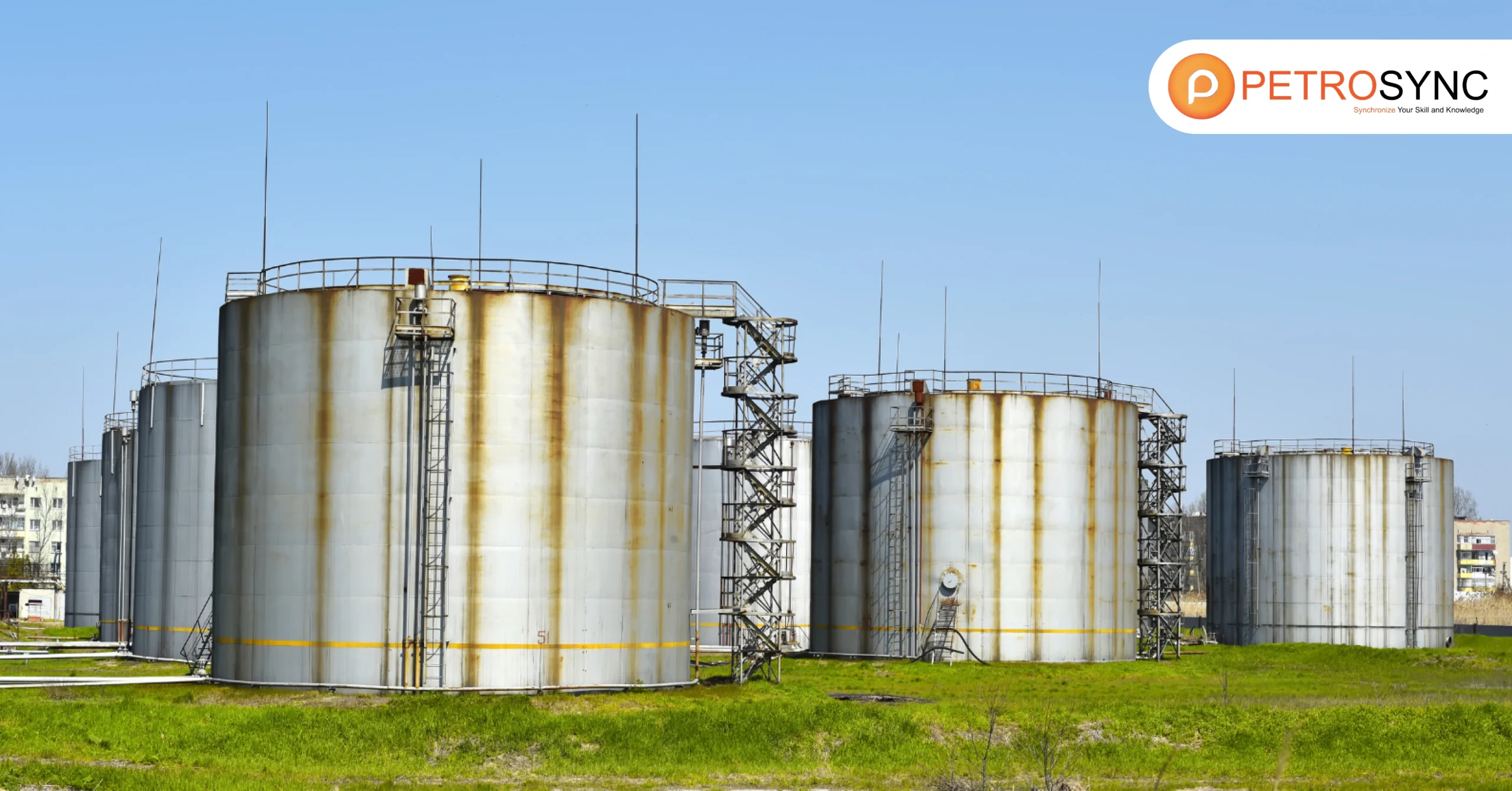On-stream inspection is a cutting-edge practice that revolutionizes equipment monitoring during operation. Through advanced inspection methods, industries can proactively detect flaws and ensure the reliability of critical assets, minimizing downtime and disruptions. Join us on this enlightening journey to explore the applications and contributions of on-stream inspection in industrial processes.
What Is On Stream Inspection
On-Stream Inspection (OSI) evaluates equipment integrity during operation to ensure the pressure boundary’s suitability for continued service. It assesses factors like corrosion, defects, and structural integrity, enabling timely maintenance to prevent unexpected failures. OSI optimizes equipment performance and reduces downtime.
On-Stream Inspection (OSI) uses irradiation testing to verify the remaining wall thickness and identify erosion or corrosion areas using digital images or X-ray films. This method also produces overview images (known as shadow images) to detect hidden installations or additions. OSI is commonly employed in chemical plants and refineries to ensure equipment integrity and safety.
Difference between On-Stream and Out-of-Service Inspection explained
On-Service Inspection is conducted while the tank is still in operation. It involves a thorough visual examination of the tank’s exterior by an authorized API 653 inspector, along with measuring the thickness of the shell, roof plate, and all nozzles using ultrasonic technology.
Out-of-Service Inspection is performed when the tank is not in use. The inspector carries out visual inspections of both the tank’s exterior and interior, ensuring the accuracy and completeness of the nondestructive examination (NDE) results. The nondestructive examination primarily includes magnetic flux leakage testing (MFLT) on the tank’s bottom and annular plates, as well as ultrasonic thickness measurements of the shell, roof plate, and all nozzles.
The main difference between On-Service and Out-of-Service Inspections is the tank’s operational status. On-Service Inspection occurs during tank operation and focuses on external visual examination and ultrasonic thickness measurements.
Out-of-Service Inspection, performed when the tank is not in use, enables thorough external and internal visual inspections and a broader range of nondestructive examination methods, including MFLT and additional ultrasonic thickness measurements.
What Are The Methods of On Stream Inspection?
On stream inspection methods allow for continuous monitoring and early detection of potential issues, ensuring the safety and efficiency of industrial processes. Some common methods of on-stream inspection include:
1. API and CWI Inspection
API and CWI inspections are vital for equipment integrity and compliance. API Inspection is conducted by certified inspectors who assess equipment integrity and ensure compliance with API standards. CWI Inspection is performed by Certified Welding Inspectors who specialize in evaluating welding procedures and ensuring compliance with codes and standards. These inspections contribute to safety, reliability, and compliance in various industries.
2. High-Temperature Surveys
High-Temperature Surveys in On-Stream Inspection (OSI) assess equipment operating at high temperatures. Specialized techniques and instruments measure temperature profiles, thermal gradients, and hotspots. They are crucial for furnaces, boilers, and high-temperature pipelines to identify areas with excessive temperatures or thermal stress, preventing degradation and mechanical failure.
3. Advanced and Conventional NDE
In On-Stream Inspection (OSI), both Advanced and Conventional Non-Destructive Examination (NDE) techniques are used. Conventional techniques include visual inspection, ultrasonic testing, magnetic particle testing, and radiographic testing.
Advanced techniques utilize technologies like phased array ultrasonics, eddy current array, guided wave testing, and laser scanning. Together, these techniques comprehensively assess equipment integrity, detecting defects and providing accurate measurements during operation.
4. Code Compliance Inspections
In On-Stream Inspection (OSI), Code Compliance Inspections ensure equipment conforms to applicable codes and standards during operation. These inspections verify compliance with industry-specific regulations, such as API and ASME codes. By conducting Code Compliance Inspections, equipment integrity and adherence to safety and operational standards are ensured.
5. Conventional and Advanced NDE Inspections
In On-Stream Inspection (OSI), both Conventional and Advanced Non-Destructive Examination (NDE) techniques are employed. Conventional techniques include visual inspection, ultrasonic testing, magnetic particle testing, and radiographic testing.
Advanced techniques utilize technologies like phased array ultrasonics, eddy current array, guided wave testing, and laser scanning. Together, these techniques comprehensively assess equipment integrity, detecting defects and providing accurate measurements during operation.
What Are The Advantages of On Stream Inspection?
On-Stream Inspection (OSI) offers several benefits in assessing equipment integrity during operation:
1. Real-Time Assessment
OSI allows for evaluating equipment while it’s in use, providing up-to-date information on its condition.
2. Early Issue Detection
Inspecting during operation enables the early identification of defects, corrosion, or irregularities, allowing for prompt maintenance and avoiding unexpected failures.
3. Minimized Downtime
By identifying potential problems in advance, OSI helps reduce unplanned shutdowns, minimizing downtime and optimizing efficiency.
4. Cost-Effective Maintenance
OSI enables targeted maintenance, focusing resources on specific areas, optimizing schedules, and minimizing costs.
5. Enhanced Safety
Regular OSI ensures ongoing equipment safety and integrity, reducing the risk of accidents.
6. Regulatory Compliance
OSI demonstrates compliance with industry standards, codes, and regulations, ensuring safe and reliable operations.
7. TML/CML Optimization
On-Stream Inspection (OSI) optimizes equipment life by evaluating TML and CML, identifying potential issues, and enabling timely maintenance. This proactive approach prevents failures, reduces downtime, and enhances reliability.
On-Stream Inspection (OSI) is a crucial process for assessing equipment integrity during operation. It involves inspecting equipment while it is in service to determine if it is suitable for continued operation.
API has developed API 570, a comprehensive standard that provides guidelines for inspecting, repairing, altering, and rerating piping systems. Following the guidelines in API 570 ensures that OSI is conducted in accordance with industry standards and regulations.
By conducting OSI in line with API 570, you can identify potential issues in real time, enabling timely maintenance and repairs to optimize equipment performance and prolong its operational life. This correlation between OSI and API 570 ensures that inspections are conducted based on established standards, promoting the safety and reliability of industrial systems.
PetroSync offers comprehensive API 570 training, designed to equip you with the necessary skills and knowledge in the field of piping inspection. Our training course covers various aspects of API 570 Body of Knowledge, including inspection techniques, assessment methods, and industry standards compliance.
Led by an experienced instructor, PetroSync’s API 570 training course can help you get a solid understanding of API 570 requirements and guidelines through practical exercises and expert-led sessions. This training does not only prepares you for API 570 certification but also enhances your ability to perform effective inspections, ensure equipment integrity, and comply with industry regulations.
Enroll in API 570 prep course, enhance your expertise and contribute to the safety and reliability of piping systems in your organization with PetroSync!
Credit Header Image: freepik

SEO specialist by day, fact-checker by night. An avid reader and content writer dedicated to delivering accurate and engaging articles through research and credible sources.







